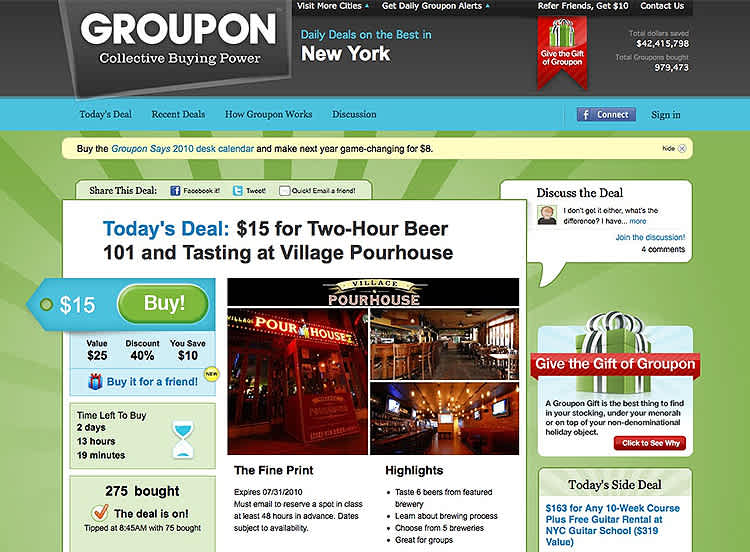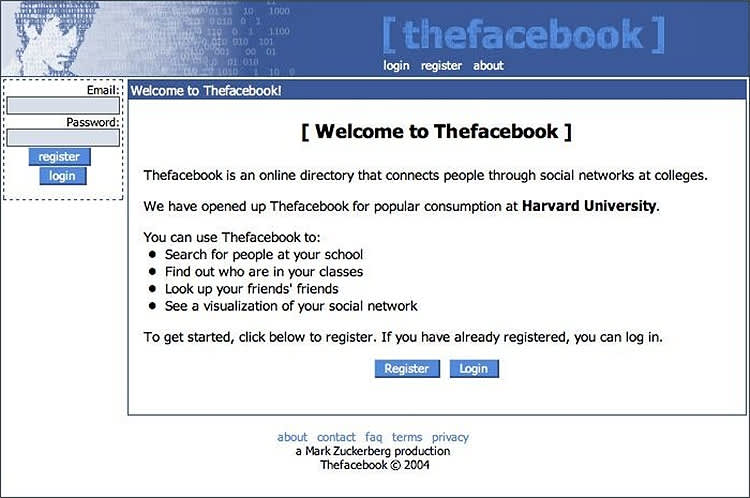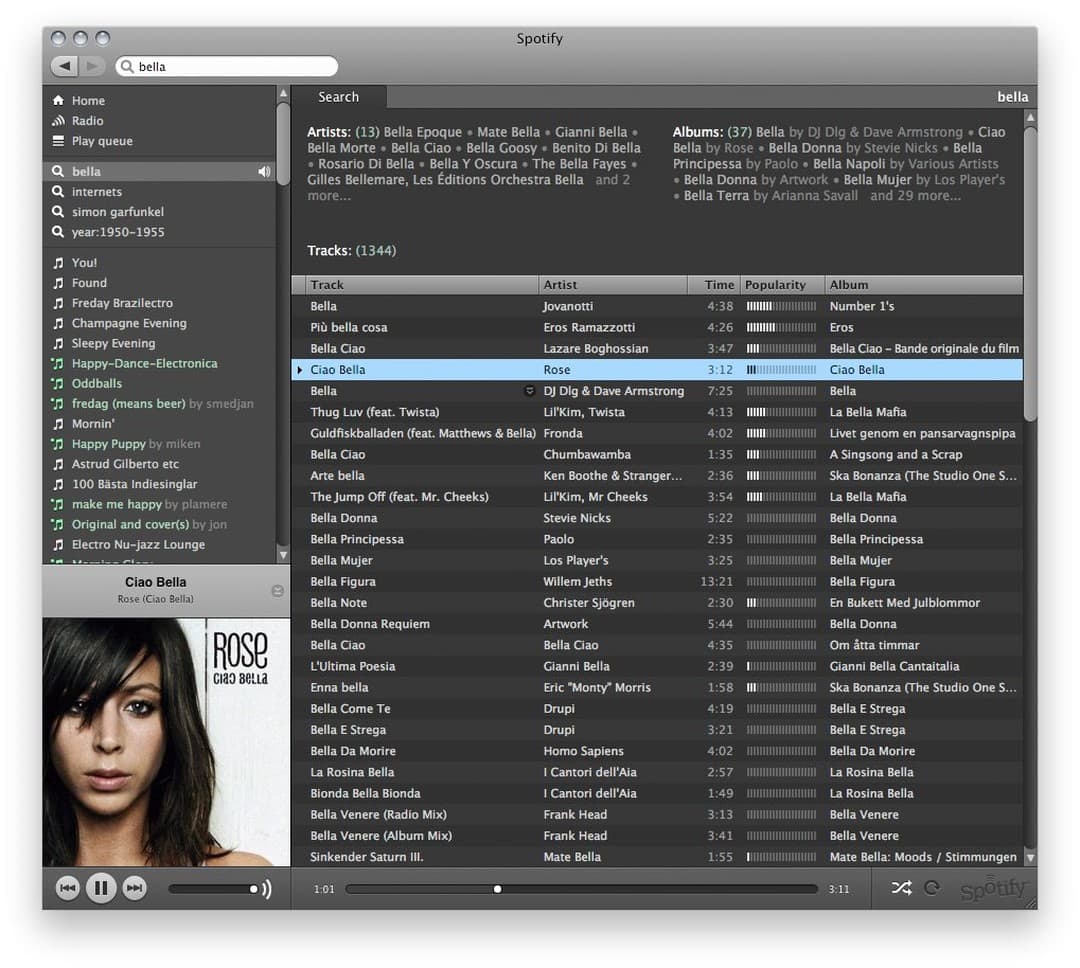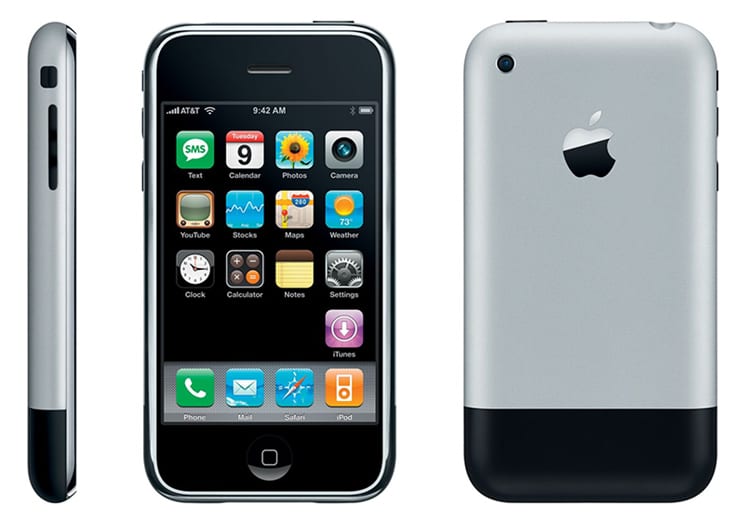A minimum viable product (MVP) helps product management teams validate ideas, reduce risk, and get new products to market faster. That can be a huge win if you operate in a crowded market or need to respond quickly to shifting customer needs.
In this guide, you’ll learn what an MVP is, why it matters, and how to build one step by step. We’ll also highlight some inspirational real-world examples and show you how monday dev can accelerate your MVP development.
Try monday devKey takeaways
- A minimum viable product (MVP) is the most basic, usable version of a product that that delivers enough value to early adopters while teams validate assumptions and learn from real-world feedback.
- MVPs reduce risk and speed up time-to-market by focusing on a small set of essential features, running short build–measure–learn cycles, and aligning closely with Agile and lean principles.
- A viable MVP is designed for learning: it should validate clear hypotheses, generate measurable signals like sign-ups or retention, and inform whether to improve, pivot, or stop.
- Building an effective MVP means defining the problem, researching the market, mapping user journeys, prioritizing core features, and launching to collect structured qualitative and quantitative feedback.
- With monday dev, teams can plan, execute, and iterate on MVPs by centralizing workflows, feedback, and metrics in one place.
What is a minimum viable product?
A minimum viable product (MVP) is the most basic, usable version of a new product that delivers enough value to early adopters while you test your idea in the real world and learn from their feedback. In business and product management, teams launch an MVP to validate assumptions, reduce risk, and gather insights before investing in a fully featured product.
The concept of an MVP comes from the Lean Startup methodology, which encourages learning and building with scalability in mind. According to its author, Eric Ries, an MVP is the version of a new product that allows a team to collect the maximum amount of validated learning about customers with the least amount of effort.
A minimum viable product is not a half-baked or broken prototype that you rush to market just to say you shipped something. It is a fully usable, reliable version of your product that solves a real problem, with only the essential features, so that real customers can try it in real conditions.
The main goal of an MVP is learning, not just launching. You build it to test your riskiest assumptions, gather feedback, and decide what to improve, pivot, or discard before investing in a full release.
MVP vs. Agile vs. Waterfall
Agile and Waterfall are development methodologies, while a minimum viable product (MVP) is an outcome you can deliver using either approach. Agile teams typically release an MVP early, then iterate in short sprints based on feedback, whereas Waterfall teams might define and build an MVP as a single phase within a larger, linear plan.
In Agile and lean environments, MVPs are a natural fit because they support continuous learning, experimentation, and incremental delivery. In more traditional or hybrid setups, an MVP still helps de‑risk big projects by validating assumptions with a smaller, clearly scoped release before scaling to a full product.
Why build an MVP?
A minimum viable product helps de‑risk investment by testing your idea with real users before you commit significant time, budget, and engineering resources. By validating demand and learning what actually works, you avoid overbuilding features customers don’t need.
Focusing on an MVP also gets you to market faster, because you prioritize only the core features needed to deliver value and collect feedback. This shorter cycle lets teams iterate quickly, respond to insights, and stay ahead of competitors.
MVPs align naturally with Agile and lean principles, which emphasize small, iterative releases and continuous learning. Instead of planning a big-bang launch, you deliver a lean first version, measure how users respond, and adjust your roadmap sprint by sprint.

5 steps to build a minimum viable product
Follow these steps to ensure your MVP solves a specific problem for a defined target audience while minimizing the time and resources spent on non-essential features.
- Define the problem: Clearly identify the problem or pain points the product aims to solve and the value it will provide.
- Conduct market research: Gather information about the target market and your main competitors, and calculate the market size. The more information you have, the more likely you are to succeed.
- Map out user journeys: Understand how users will interact with the product. Consider creating a prototype to help users visualize a working solution before building the MVP.
- Prioritize the features: Define the essential features the MVP must have to address the identified problem. For example, consider using the MoSCoW prioritization method to define the “must-have,” “should-have,” “could-have,” and “won’t-have (this time)” features.
- Build, measure, learn (BML): Develop the MVP, release it to users, measure their interactions, and learn from their feedback.
What makes an MVP viable?
A minimum viable product has just enough features for real users to complete the core task without workarounds or manual fixes behind the scenes. It may be minimal, but it must still be reliable, usable, and valuable enough that people are willing to try it and give honest feedback.
What makes an MVP truly viable is the learning it enables. It should validate clear hypotheses, generate measurable signals (like sign-ups, activation, or retention), and guide decision-making about what to build next — or whether to pivot.
Successful MVP examples
Looking for inspiration with your product development? Check out some successful real-life MVP examples from the companies below.
Amazon

(Source)
Jeff Bezos launched Amazon in 1995 with a single product category: books. Instead of building out a massive catalog or warehouse system, he sourced books from distributors as orders came in. This simple MVP proved that people were willing to buy books online and gave Amazon the validated learning it needed to expand gradually into the “everything store.”
Groupon

(Source)
Groupon’s first MVP launched in 2008 and didn’t even use its own platform — the team built the earliest version on WordPress to get to market quickly. Only after gaining early traction did Groupon invest in the CMS and infrastructure used today. The MVP approach let the founders validate demand for local deals without heavy upfront investment.

The first iteration of Facebook, launched in 2004 as “Thefacebook,” was extremely limited. Profiles held minimal information and users couldn’t post images or videos. It simply connected students within Harvard and let them post messages to a shared board. That early adoption provided enough validated learning for the founders to expand rapidly into other schools and eventually the world.
Spotify

(Source)
Spotify released its earliest beta version to a small group of Swedish music bloggers in 2006. The MVP only worked on desktop, had no playlists, and offered no freemium tier — but it delivered a high-value core experience: fast, reliable music streaming. The MVP helped Spotify confirm that users valued streaming enough to support further development and licensing efforts before its public launch in 2008.
iPhone

(Source)
The original iPhone launched in 2007 with only a handful of Apple apps and no third-party App Store. It lacked many features that other phones had at the time, but Apple used this first version to test key assumptions: Would people adopt an on-screen keyboard, browse the web on a mobile device, or rely on one device for everything? The answers shaped almost every smartphone that followed.
Remember: Your MVP might not be the next iPhone or Facebook, but it could be a significant step in the right direction for your product or business. To make the most of the MVP method and develop a product strategy that works, you need a way for your team to work together rapidly, starting with excellent product management software.
Common MVP mistakes to avoid
Many MVPs fail not because the idea is bad, but because teams misunderstand what “minimum viable product” really means and fall into a few avoidable traps. Here are some common mistakes to avoid when building your minimum viable product.
Overloading the MVP with features
Treating an MVP like a miniature version of the final product slows down development, inflates costs, and makes it harder to identify which features actually create value.
Shipping something “minimum” but not viable
Teams sometimes go too far in the other direction, shipping something “minimum” but not viable. A buggy or incomplete MVP erodes trust and prevents meaningful learning. It must solve the real problem end-to-end, even if the experience is simple.
Skipping user and market research
Skipping user and market research is another major pitfall. An MVP built without understanding your audience, their needs, and competing solutions can validate the wrong idea and waste development cycles — especially in business settings where differentiation matters.
Ignoring feedback and clear success metrics
Ignoring feedback and success metrics after launch is another common issue. An MVP should map to clear hypotheses and KPIs — activation, retention, or sign-ups — so teams can make data-driven decisions about whether to iterate, pivot, or stop. AI tools can also help surface patterns in early feedback that teams might otherwise miss.
Treating prototypes, PoCs, and MVPs as interchangeable
Another frequent mistake is blurring the lines between prototypes, PoCs, and MVPs. Prototypes test usability, PoCs test technical feasibility, and MVPs test real market demand. Mixing these stages leads to unclear goals, misaligned expectations, and wasted effort.
How to measure the success of your minimum viable product
Measuring the success of your MVP is about using real data to understand whether your product is delivering the right value. This requires choosing the right MVP metrics so you can make data-driven decisions about what to build next.
Here are 3 ways to measure your MVP success:
1. Define success upfront
Define what success looks like before you ship your MVP. This could mean validating a specific problem, hitting a target number of sign-ups, or confirming that most users complete the core action at least once. Clear thresholds make it easier to decide whether to iterate, pivot, or stop.
2. Track outcome-focused KPIs
Focus on a small set of MVP success metrics that reflect real user value, not vanity numbers. Common KPIs include:
- Activation: Do users complete the key action?
- Retention: Do they come back?
- Conversion: Do they sign up or pay?
- Engagement: How often do they use core features?
AI tools can also highlight unusual behavior patterns or drop-off points you might miss in manual analysis.
3. Combine quantitative and qualitative feedback
Pair your metrics with user interviews, surveys, and in‑product feedback prompts to understand the “why” behind the numbers. This mix helps each iteration of your MVP move you closer to product‑market fit, rather than just improving surface-level usage stats.
This balance prevents teams from optimizing only surface-level usage metrics and helps you determine whether the product is solving the real problem.
Scaling from MVP to full product
Once your MVP shows real demand, the goal shifts from “Does this idea work?” to “How do we turn this into a reliable, scalable product?” That means polishing the UX, strengthening your architecture and processes, and protecting the core experience so growth doesn’t break what already works.
Use feedback to drive your roadmap
Prioritize work based on what MVP users actually request, where they drop off, and which use cases generate the most value. AI can also surface patterns in feedback and usage data to support roadmap prioritization and prevent unnecessary features from creeping in.
Invest in scalability and quality
As you move beyond the MVP stage, refactor fragile areas of the codebase, pay down technical debt, strengthen security, and improve performance so the product can support more users and higher-stakes use cases. This often includes better monitoring, automated testing, CI/CD pipelines, and more robust infrastructure.
Evolve your processes and team
Scaling from an MVP typically requires clearer ownership, more predictable workflows, and stronger cross-functional collaboration between product, engineering, design, and go-to-market teams. Establish consistent planning and feedback loops, and align everyone around a roadmap that balances new capabilities with technical debt and stability work.
Remember: The goal is to expand thoughtfully — growing the product without losing the focus, speed, and learning mindset that made the MVP successful.
Accelerate minimum viable product development with monday dev
MVPs work best when teams treat them as learning tools, not smaller versions of a final product. Built on monday.com Work OS, monday dev helps product and engineering teams manage the entire product development lifecycle — from MVP to scale — with flexible workflows, connected data, and clear alignment to business goals.
Custom workflows
Teams can build custom workflows that match how they plan and ship MVPs — Agile, Scrum, Kanban, or a custom approach — without being constrained by a rigid tool. This flexibility helps teams structure discovery, backlog prioritization, prototyping, and iteration cycles all in one place.
Cross-department visibility
Product, engineering, design, marketing, and leadership share the same MVP roadmap, backlog, and feedback in one place. This reduces misalignment, eliminates context switching between tools, and improves handoffs across the development cycle.
Actionable insights
Dashboards and portfolio views give teams a clear picture of MVP progress, delivery speed, risks, and capacity. This supports better predictability, earlier interventions, and more informed decisions about scope, resources, and upcoming iterations.
AI support
Built-in AI capabilities help teams spot bottlenecks, summarize feedback, and forecast delivery, enabling them to refine their MVP roadmap with data rather than guesswork. For example, they can automatically flag at‑risk items on their MVP board or surface patterns in user feedback before planning the next iteration. AI can also analyze large volumes of qualitative feedback to identify repeated customer needs before you commit to new features.
Seamless integrations across your stack
By integrating with your design tools, source control, issue tracking, and communication platforms, monday dev becomes the backbone of your developer toolchain. Teams keep specs, code, prototypes, and feedback fully aligned — reducing rework and keeping iteration cycles tight.
Turn your MVP into a launch-ready product
Every successful product starts with a clear idea, a focused set of features, and a willingness to learn from real users. A strong MVP helps you validate what matters, avoid overbuilding, and turn assumptions into data you can act on. When you treat your MVP as a continuous learning tool — not a smaller version of the “real” product — you set your team up for smarter decisions, faster delivery, and better alignment.
With flexible workflows, full cross-team visibility, AI-powered insights, and seamless integrations, monday dev brings all of this together. Try monday dev free for 14 days and see how your team can manage every stage of the MVP lifecycle — from scope definition to feedback analysis and beyond — in one connected platform.
Try monday devFAQs
What is the difference between PoC and MVP?
A proof of concept (PoC) tests whether an idea or technology is technically feasible, usually in a controlled, internal environment. A minimum viable product (MVP) is a usable, market-ready version with just enough core features to put in front of real customers and validate demand, usability, and value.
How long should MVP development take?
Most MVPs take a few weeks to a few months to build, depending on complexity, team size, and scope. For many digital products, a typical target is around two to six months from discovery to launch, with a strong focus on shipping quickly and iterating based on feedback rather than perfecting every detail.
Can you have multiple MVPs?
Yes, you can have multiple MVPs if you are testing different segments, value propositions, or solution approaches. Some teams run several small MVPs in parallel to compare which idea resonates most, then double down on the winner and retire the rest. In larger products, you might also treat major new modules as their own MVP-style experiments.
What percentage of features should an MVP include?
There is no fixed percentage, but an MVP should only include the small set of must-have features required to solve the core problem and test your main hypotheses. Teams aim for roughly three to five core capabilities, leaving nice-to-have or differentiating features for later iterations once they understand what users actually value.
Is MVP the same as a beta version?
No, an MVP and a beta version serve different purposes and appear at different stages. An MVP comes first and validates whether the product solves a real problem for a real market, while a beta version is a more complete product released to a limited audience to polish quality, performance, and user experience before a wider launch.
How much does it cost to build an MVP?
MVP costs vary widely based on scope, platform, and team location, but many sources cite ranges from tens of thousands to low hundreds of thousands of dollars for commercial web or mobile products. Simple MVPs with a focused feature set and a small team can sit at the lower end, while complex, integrated, or highly regulated solutions land much higher.

